関節リウマチ (RA)におけるTNFα阻害療法の有効性、特に関節破壊抑制効果は臨床的に確立されているため、TNFαが破骨細胞分化を促進することは自明だと考えている人が多いかもしれませんし、そのような先入観に沿った結果を報告している論文は山ほどあります。しかしこれはそれほど自明のことではなく、例えばRANKLおよびM-CSF (CSF-1)による骨髄マクロファージから破骨細胞への分化系にTNFαを添加すると多くの場合は抑制的に作用します。このメカニズムについてはこれまでに多くの研究が行われています。例えばBrendan BoyceらはTNFαがTRAF3の活性化を介して細胞内のNF-kappaB p100蓄積を誘導することが破骨細胞分化を抑制する可能性を報告しています(Yao et al., J Clin Invest. 2009 Oct; 119(10): 3024-34)。とはいえTNFαのパラドキシカルな役割については未だ十分に理解されている訳ではありません (破骨細胞愛のない多くの人にとってはどうでも良いことでしょうし・・)。
このような先行研究を知ってか知らずか、本論文の著者らは破骨細胞前駆細胞の種類によるTNFαの作用の違いを報告しています。彼らはまずTNFαがCD14+単球系前駆細胞 (MO)からのRANKL+M-CSFによる破骨細胞分化に抑制的に働くことを確認しています。CD14+ MOをM-CSF存在下で培養すると、RANKおよびM-CSF受容体(CSF-1R)の発現が上昇します。興味深いことに、やはりRANKL+M-CSFの存在下で破骨細胞へと分化するCD14−CD16−CD11c+ myeloid細胞 (CD11c+ per-OC)は、CD14+ MOと比較してRANK発現が高い一方CSF-1Rの発現は低く、RANK promoter領域のH3K4me3修飾が亢進し、アクティブなepigenetic statusになっていると考えられました。またTNFαはCD14+ MOからの破骨細胞分化を抑制するのに対し、CD11c+ pre-OCから破骨細胞の分化には影響しないことも明らかになりました。TNFαのCD14+ MOからの破骨細胞分化抑制作用はTNFR1-IKKβ-NFκB pathwayを介していること、CD14+ MOからの破骨細胞分化の過程でTNFR2の発現上昇が見られ、TNFR2を介するシグナルは破骨細胞分化を促進することが示されました。
さて実際の臨床例ではRA患者末梢血中ではCD14+ MOの割合に変化はなく、CD11c+ pre-OCは有意に減少していましたが、これは組織中にtrapされているためかもしれません。またRA患者のCD14+ MOではRANK, TNFR1のH3K4me3修飾が亢進している一方、TNFR2, CSF1Rでは亢進は見られないなど、正常とは異なったepigenetic statusを示すことも明らかになりました。またTNFαによる破骨細胞分化抑制効果が見られないpopulation (non-responder)も存在することが示されました。Non-responderではCSF1Rの発現が低く、VEGFRの共受容体として作用するNRP1とCSF1Rとが関連することも示唆されました。
最後はグダグダになってしまった感もありますが、epigeneticな修飾の違いがTNFαの作用の違いを説明する可能性があるという点は興味深いと思います。とはいえH3K4me3だけで話しをされてもねー(´・ω・`)
Cecilia Ansalone et al., TNF is a homoeostatic regulator of distinct epigenetically primed human osteoclast precursors. Ann Rheum Dis. 2021 Mar 10;annrheumdis-2020-219262. doi: 10.1136/annrheumdis-2020-219262.
TNF is a homoeostatic regulator of distinct epigenetically primed human osteoclast precursors
Objectives Circulating myeloid precursors are responsible for post-natal osteoclast (OC) differentiation and skeletal health, although the exact human precursors have not been defined. Enhanced osteoclastogenesis contributes to joint destruction in rheumatoid arthritis (RA) and tumour necrosis factor (TNF) is a well-known pro-osteoclastogenic factor. Herein, we investigated the interplay between receptor activator of nuclear factor kappa-Β ligand (RANK-L), indispensable for fusion of myeloid precursors and the normal development of OCs, and TNF in directing the differentiation of diverse pre-OC populations derived from human peripheral blood. Methods Flow cytometric cell sorting and analysis was used to assess the potential of myeloid populations to differentiate into OCs. Transcriptomic, epigenetic analysis, receptor expression and inhibitor experiments were used to unravel RANK-L and TNF signalling hierarchy. Results TNF can act as a critical homoeostatic regulator of CD14+ monocyte (MO) differentiation into OCs by inhibiting osteoclastogenesis to favour macrophage development. In contrast, a distinct previously unidentified CD14−CD16−CD11c+ myeloid pre-OC population was exempt from this negative regulation. In healthy CD14+ MOs, TNF drove epigenetic modification of the RANK promoter via a TNFR1-IKKβ-dependent pathway and halted osteoclastogenesis. In a subset of patients with RA, CD14+ MOs exhibited an altered epigenetic state that resulted in dysregulated TNF-mediated OC homoeostasis. Conclusions These findings fundamentally re-define the relationship between RANK-L and TNF. Moreover, they have identified a novel pool of human circulating non-MO OC precursors that unlike MOs are epigenetically preconditioned to ignore TNF-mediated signalling. In RA, this epigenetic preconditioning occurs in the MO compartment providing a pathological consequence of failure of this pathway.
TNF is a homoeostatic regulator of distinct epigenetically primed human osteoclast precursors











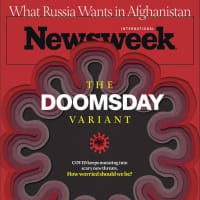
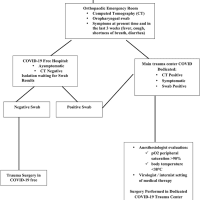
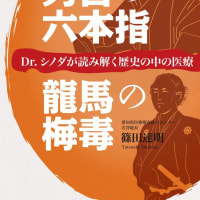

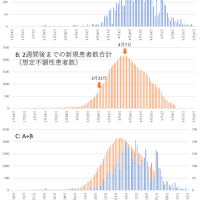
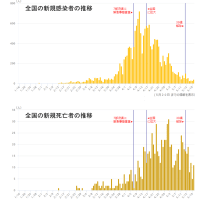
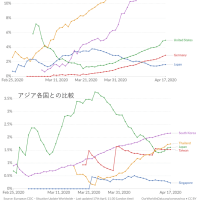
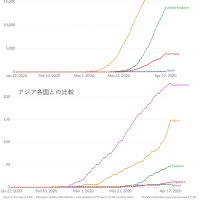
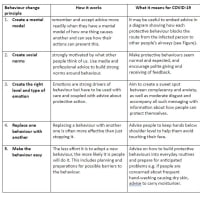
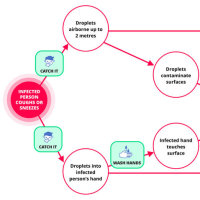
※コメント投稿者のブログIDはブログ作成者のみに通知されます